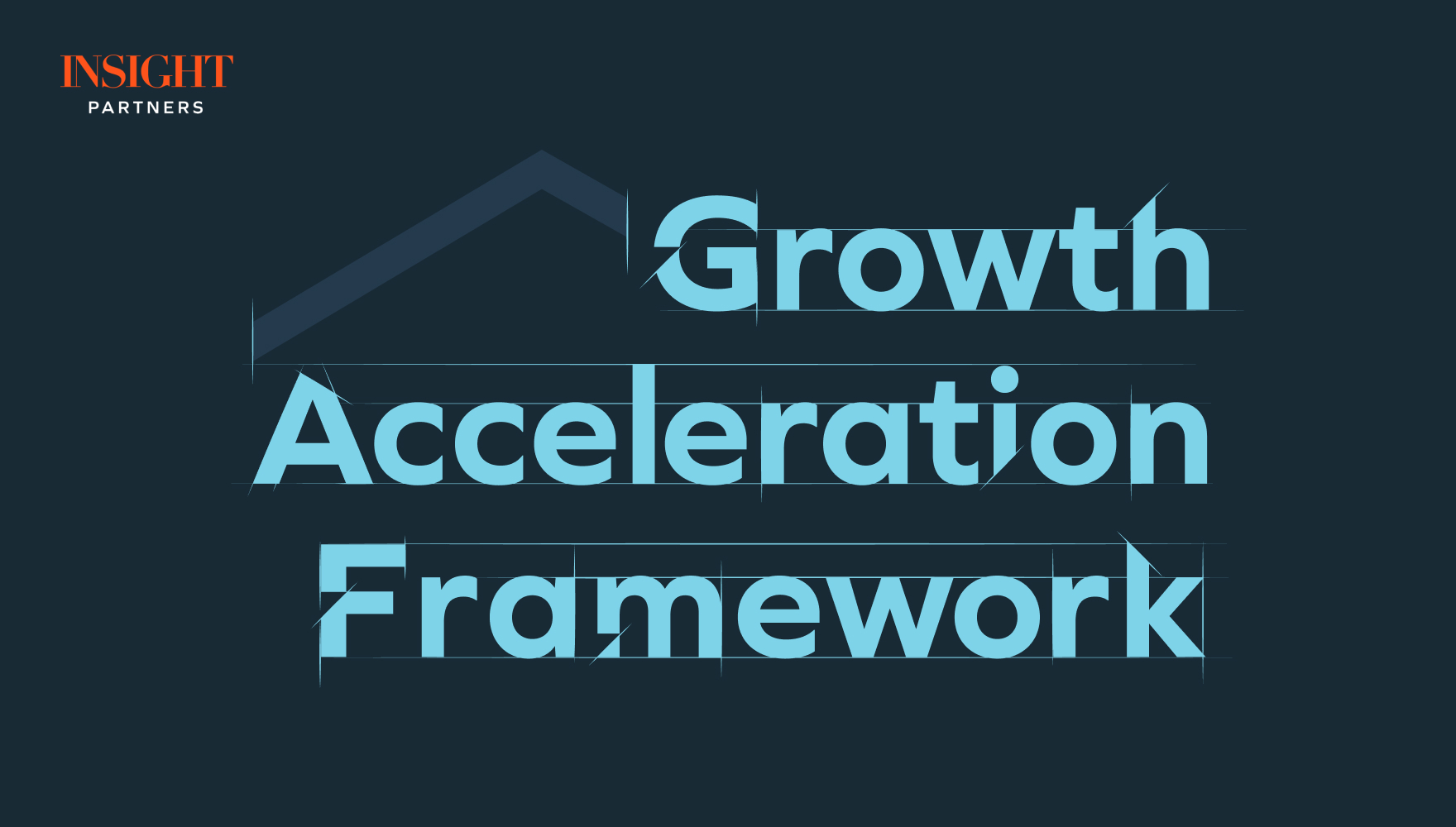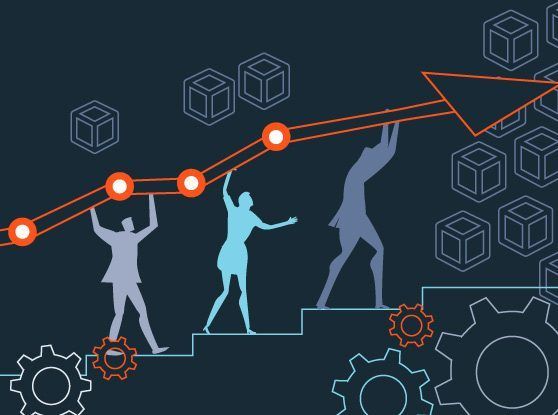To help you prepare for success in 2019, every Onsite Center of Excellence leader answered the following question:
WHAT TOPIC IS TOP OF MIND FOR YOUR TEAM IN 2019?
Talent Center of Excellence: Leadership
In 2018, our focus was on talent acquisition, specifically on ensuring consistent use of recruiting best practices, like role scorecards, executive assessments and other practices that we covered in our 7 Deadly Sins of Executive Recruiting article. Across the portfolio we saw an 84% increase in adoption of recruiting best practices. While we will continue to actively support our portfolio companies with their hiring needs, we will add efforts focused on executive leadership in 2019.
Leadership Training
High growth companies often don't have the luxury of consciously making leadership training a priority because there's such urgency around product, the market, funding and growth -- which strains many leader’s ability to focus on leadership. And yet, there are several leadership tactics that are proven to work and can have a significant impact on an organization’s performance. The key is getting leaders to commit the time & effort to put these tactics to use after they have been taught them.
For example, it's possible to learn the basics of Situational Leadership in one hour. This is the single most valuable leadership training I received in my 20 years as a leader. While it can take years to master these tactics, leaders can start applying the lessons of Situational Leadership the moment they walk out of training. And, they can see an ROI within the first month of using it. The challenge is that applying the training requires more mental energy than just sticking with the status quo.
Lessons Learned
Day to day management of the team is also something many startups struggle with, and next year our team is committed to sharing the lessons we have learned to help executives be better leaders.
New Year’s Resolution: Make leadership a priority by dedicating the time to it and consciously focusing on behaviors that make you a better leader.
Are you interested in learning more? Check out Insight's article, 3 Steps to Managing a Millennial Workforce.
Marketing Center of Excellence: Account Based Marketing (ABM)
While no longer the new kid on the block, ABM – though we should probably say ABX since its more than just marketing – is still the cool kid that everyone’s talking about. In 2018 we spent more time discussing ABM in Jump Start Sessions than on all other sessions combined, including fielding countless questions on ABM tech. We also started seeing more companies complete their pilots and reflect on the role of ABM in their demand gen strategy. 2019 will bring continued interest in ABM and examples of successes and failures. Looking forward, some advice for 2019:
If you haven’t begun testing…you should
There are many different approaches to ABM. It’s rare that a company will get it right on the first go. We encourage companies to construct well defined pilots and iterate rapidly to find an ABM strategy that works.
If you’ve successfully tested, start to gradually scale
First figure out an ABM strategy that works, before scaling it. A well-run pilot should provide you with the performance data needed to inform required investment and expected results. We strongly believe in a double funnel – so keep your existing demand gen engine running as you scale-up ABM. The exact mix of ABM vs. non-ABM funnel will vary by company.
Figure out your strategy before investing in tech
There’s no shortage of ABM tech options. While there’s tech you may need in your pilot (e.g., account-based ads, website personalization, contact and account data), where possible we recommend you test and optimize your ABM strategy first before investing heavily in tech. Tech should be added to complement and scale your strategy, once it’s working.
Speaking of tech – it’s rapidly evolving
ABM tech has kept us on our toes this year – the vendors rapidly evolved, consolidated, pivoted and got better. If you haven’t reviewed the tech in a while, make sure to take a fresh look and see how things have changed.
New Year’s Resolution: Making time in our busy days to stop, think, and evaluate what’s working or not in demand gen marketing
Interested in learning more? Check out Insight's article, 5 Account-Based Strategy Insights from TOPO Summit 2018.
Sales Center of Excellence: Sales Operations
In 2018, Onsite’s Sales team focused on helping portfolio companies harness the power of instrumenting and measuring their business to enable data-driven decisions. Engagements focused on the core fundamentals of GTM strategy which included customer segmentation, coverage model design, resource allocation, sales compensation planning, lead to close process, and rules of engagement.
We will continue to provide leverage in these areas in 2019, and start to add focus on the Sales Operations discipline, as well as enabling 1st Line Managers with enhanced training.
Sales Operations
Onsite will launch the “Insight Sales Operations Summit” 2-3 times a year to bring together Sales Operations leaders from across Insight’s companies. The summits will provide Sales Operations leaders with best practices on Sales KPIs, functional ops areas (enablement, sales compensation, etc.) as well as discuss key trends and topics. Our goal is for Sales Operations leaders across the Insight portfolio to build a strong community where they can leverage the expertise from their peers.
1st Line Managers
The 1st Line Manager is quite possibly the most critical role in any sales organization. For a quota-carrying rep the manager sets the tone on everything from reinforcing the strategy, assisting deals to close, to mentoring and coaching. We realize how critical these roles are to accelerate your company growth so we are working on a training curriculum that will help your teams elevate their performance.
New Year’s Resolution: Purposefully hone in on the levers which will make the biggest impact to sales growth trajectory.
Interested in learning more? Download Insight's Sales KPI Benchmark Report.
M&A and Strategy Center of Excellence: Pricing
Pricing and packaging is a hot topic for company leaders because of its ability to drive significant top line and bottom line growth. Some pricing topics are complex, such as developing new bundles, pricing tiers, and pricing metrics. However, for growth stage software businesses, there is an easy place to start – within your existing customer base. Price increases do not require changes to your overall pricing structure and have the potential to increase EBITDA by 3-10% annually.
As you consider your price increase strategy, keep the following principles in mind:
Segment your customer base
Applying a uniform price increase across all customers is rarely the correct approach. Customers can be segmented based on their current price realization relative to list price, and their willingness to pay. Opportunity should be analyzed on an individual customer basis, and several factors may indicate a good fit for a higher price increase, or an inability to raise prices for that customer. These criteria include: customer health score (including product usage), customer’s history of price increases, customer size and budget, and competitive pricing.
Perceived Fairness is a top priority
It is important to provide customers with a rationale for the price increase. For example, new features or version of the product, or several years without an increase in price. For larger increases, it is necessary to give customers ample notice, with time to adjust their budgets.
How you implement matters
We suggest a pilot period with a small sample of customers prior to rolling out to the entire customer base. Implementation planning during the pilot and launch periods should be focused on communication timing and training front-line teams on messaging and objection handling.
New Year’s Resolution: Exit 2019 with an average realized price increase of 5% across your customer base.
Customer Success Center of Excellence: Scaling Data-Driven Processes
Our mantra in 2018 was: Be Prescriptive – Be the Expert. Customer success teams across the portfolio proactively documented and defined the best practices and playbooks required for customers to increase the ROI gained from their products. In 2019 we are excited to work with teams to use data to optimize and refine their prescriptive playbooks and strategies.
Listen to Customer data
Challenge CS teams to find ways to use data to listen to customers. Start by defining metrics to track your playbooks. Identify the activities or interventions that are driving the biggest increase in usage, CSAT and ultimately retention vs. the activities that are minimally changing behavior. Armed with the facts start to experiment, test, and refine. What if the CSMs sent the outreach earlier? Would a specific training intervention be more effective with a remote offering?
Review your Health Score
Is your health score helping your teams prioritize their time to proactively spend time with the biggest risks and biggest expansion opportunities? Effective health scores often incorporate usage data, decision maker satisfaction, best practice adoption and support interactions.
Collect CS Input
Finally, ask your team for input on underutilized customer data or clues. Data-driven employees will uncover leading indicators of retention and expansion in your customer interactions. These could include number of reference calls, event attendance, community participation, survey responses, and more.
Marketing, sales, product, talent and other functions are transitioning from art to data-driven, science-based organizations – world-class customer success organization are too! The teams that instrument a data-driven process to clearly link customer success to net retention and outcomes are always a step ahead.
New Year’s Resolution: Spend more time exploring, listening to and responding to data from customers.
Interested in learning more? Check out Insight's article, Manage Your Net Retention...Your Growth Depends On It!.
Product Center of Excellence: Develop & Train CPOs
To be an impactful Chief Product Officer in a growth-stage company, you need to have been a hands-on, successful Product Manager, know how to create great products, and also know how to communicate effectively with peers and the board of directors.
A new CPO stepping into an executive role may never have presented to a board or been part of a C-suite.
Also, as is often the case in growth stage software companies, there is a mix of new and experienced leaders to the C-suite, as company growth provides the opportunity for career growth.
There is no handbook or training for growth stage CPO’s. Often one of the biggest gaps in their experience and current capability is how to talk to strategic or business stakeholders - most notably shareholders.
CPOs have all the information and experience to know what the key levers are, but don’t necessarily know how to translate this into business impact and “board speak”. The language that works for the product and technical teams doesn't translate well to those that do not have a software background.
Explaining the information in a way that the other stakeholders understand the business impact and tradeoffs, helps the entire organization.
New Year’s Resolution: Offer virtual ‘office hour’ coaching sessions to reach more of Insight’s CPOs to support their development as high impact leaders.
Interested in learning more? Check out Insight's article, The Path to CPO.
Technology Center of Excellence: Tech Debt
Tech debt sneaks up on code bases and is insidious in where it hides and the problems it causes. While some tech debt is planned, most is not. The longer a team waits to address tech debt, the harder it is to refactor. Over time it burrows into a code base making it more and more challenging and time consuming to manage.
Studies have shown that a code base reaches the tipping point when there's 60% tech debt. At this point it becomes hard to recover from. This is, of course, an extreme situation but even lower percentages of tech debt are challenging.
Software cannot adapt fast enough in the face of a meaningful amount of tech debt. Among much else, it impacts productivity and morale. It also makes code bases harder to maintain and extend. Code that can be characterized as tech debt often exposes vulnerabilities that can be exploited.
Addressing Technical Debt
The first step is to stop adding to the accumulated tech debt. That is, all new functionality will be written according to your organizations 'professional coding guidelines'. In addition all code, old and new, will be code reviewed.
Reserving time to remediate challenged code is a must. This is especially so if a current project involves working with this code. Don’t leave problem code for the next developer to address.
Adopt the mantra of clean code. There are many principles that help focus teams on writing clean code. Two that stand out are 1) reading code should be pleasant and 2) code should be easy to understand and extend by another developer. Of course, smaller is better, keep it simple, minimize dependencies and have unit and acceptance tests for every piece of code is worth mentioning as well.
From the agile perspective, every story developed, and any work being promoted from the backlog should not increase tech debt. Teams and individuals generally know how to write clean code so this needs to be the on-going practice.
A Few Rules
A few rules to begin with.
- Code should never be refactored without a good reason. A good reason might be implementing a high value business requirement. If this requirement needs to be implemented in a poorly written piece of code then that code must but refactored first.
- For most cases, code only needs to be refactored so that it's "good enough”. The great majority of code doesn't need to be perfect, however you’d like to define that, so don't try to make it so. The team can determine what constitutes good enough.
- Not all tech debt needs to be refactored. Identifying tech debt doesn't equate to the absolute need to refactor it. Consider using some form of derived value to help make this determination.
With the above in mind, consider using a technical backlog to address outstanding debt that has been determined to need refactoring. This backlog is the same as any other. Stories need to be written about the specific refactoring requirements for the piece of code in question. Estimating the time or amount of work required to clean up the code must also be determined. This estimate should be based on what it will take to clean up the code without interference.
New Year’s Resolution: Plan an honest assessment of tech debt implications for your organization, and set in place milestones to address the challenge.
Interested in learning more? Download Insight's Security Framework.










